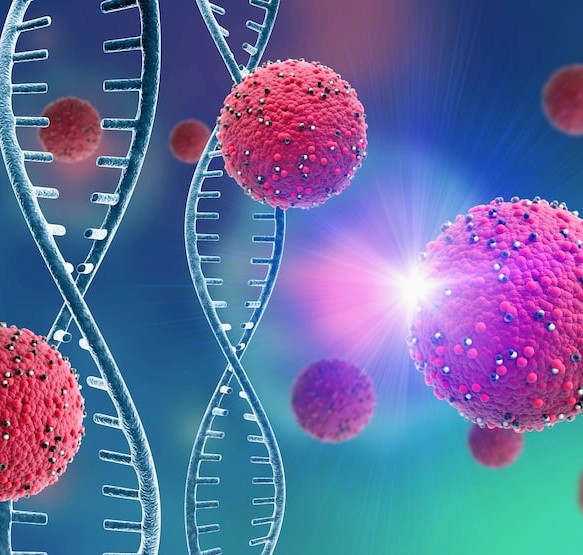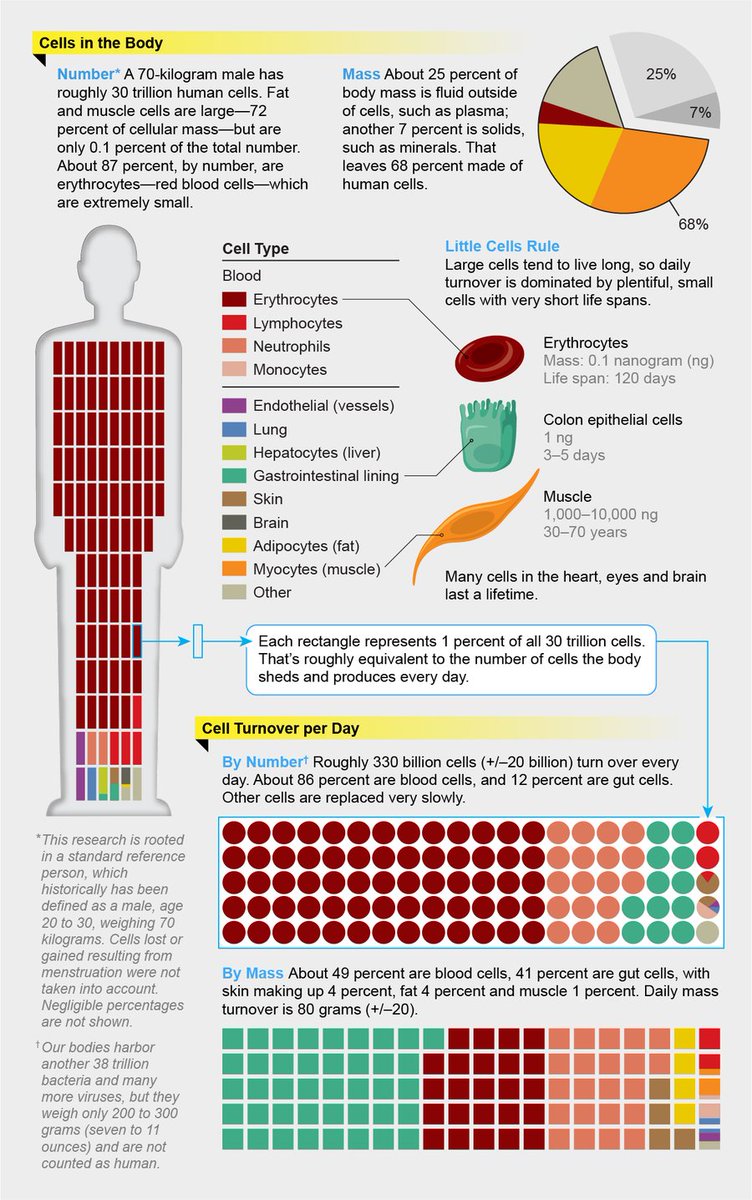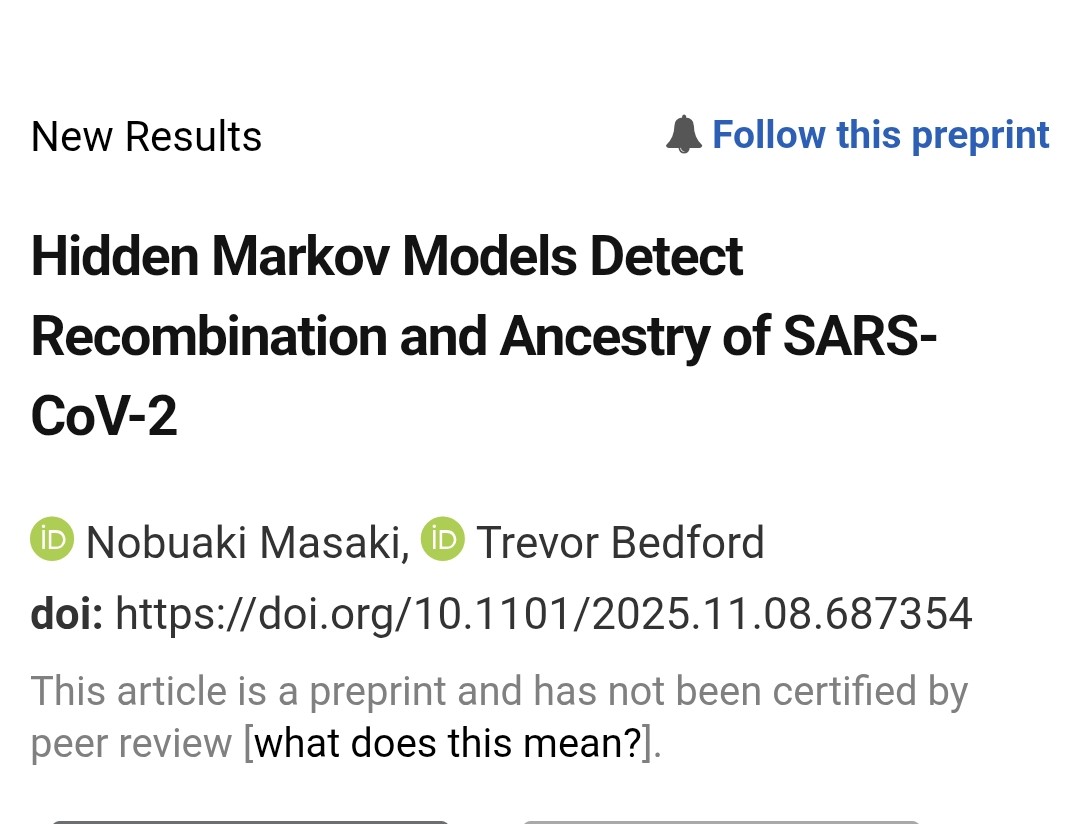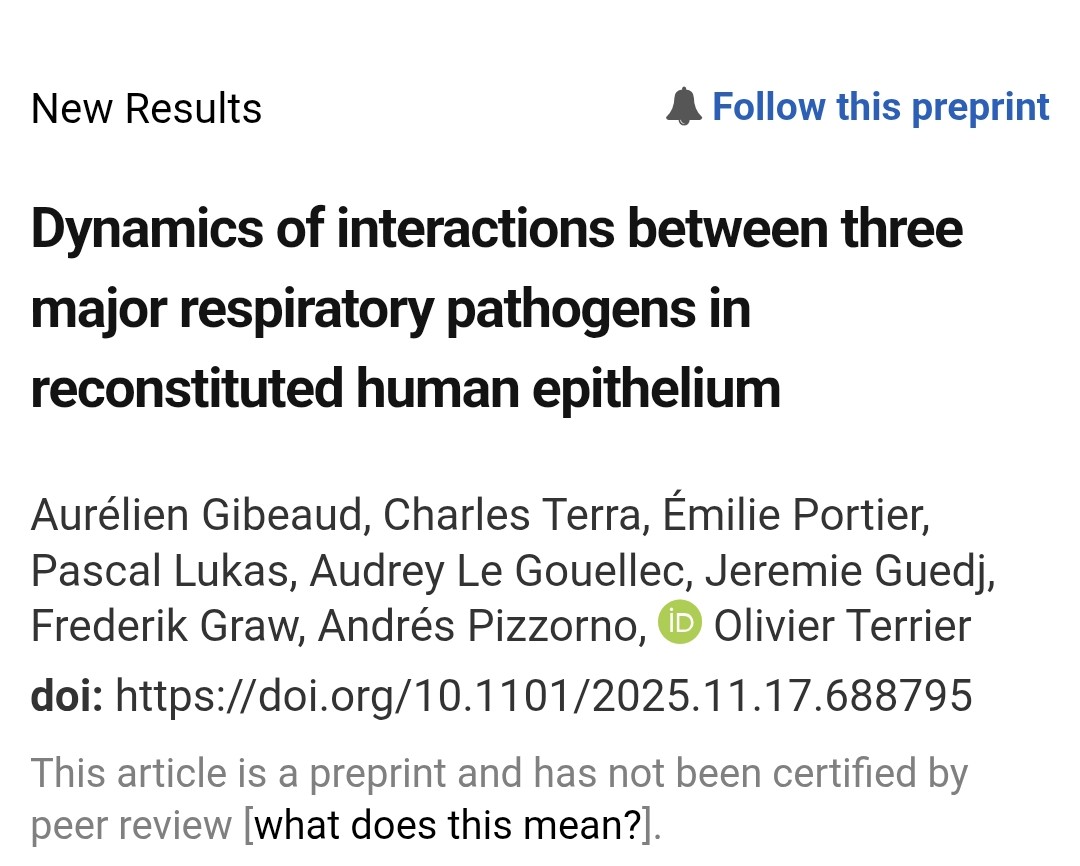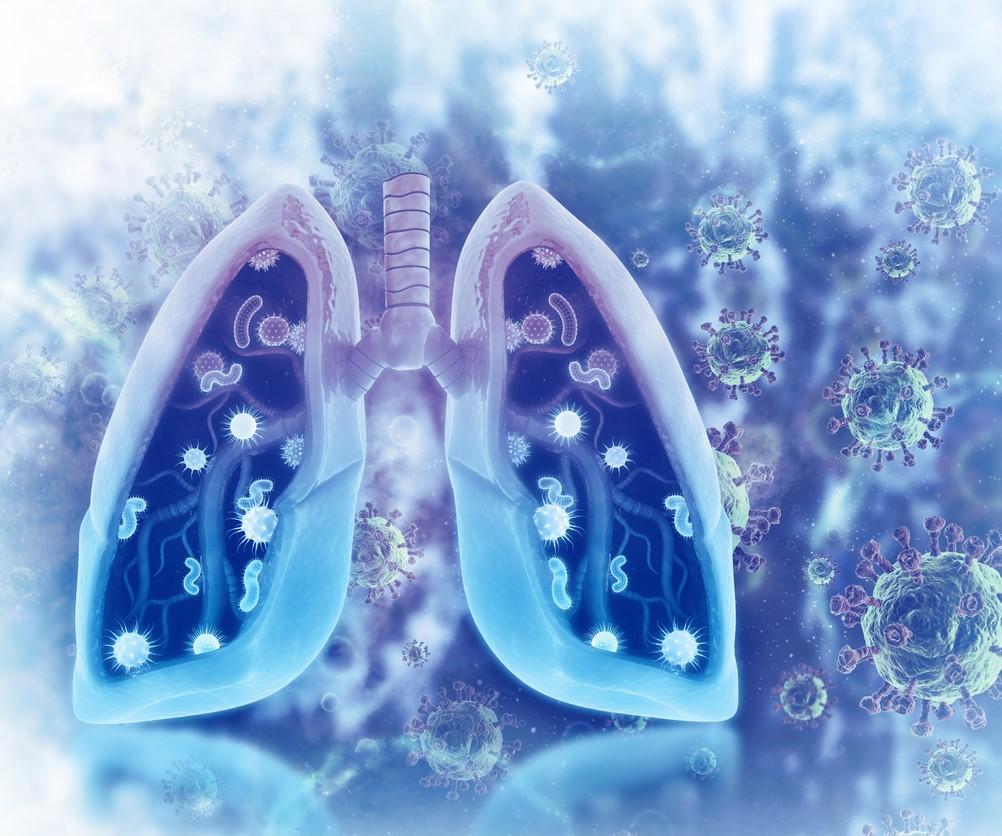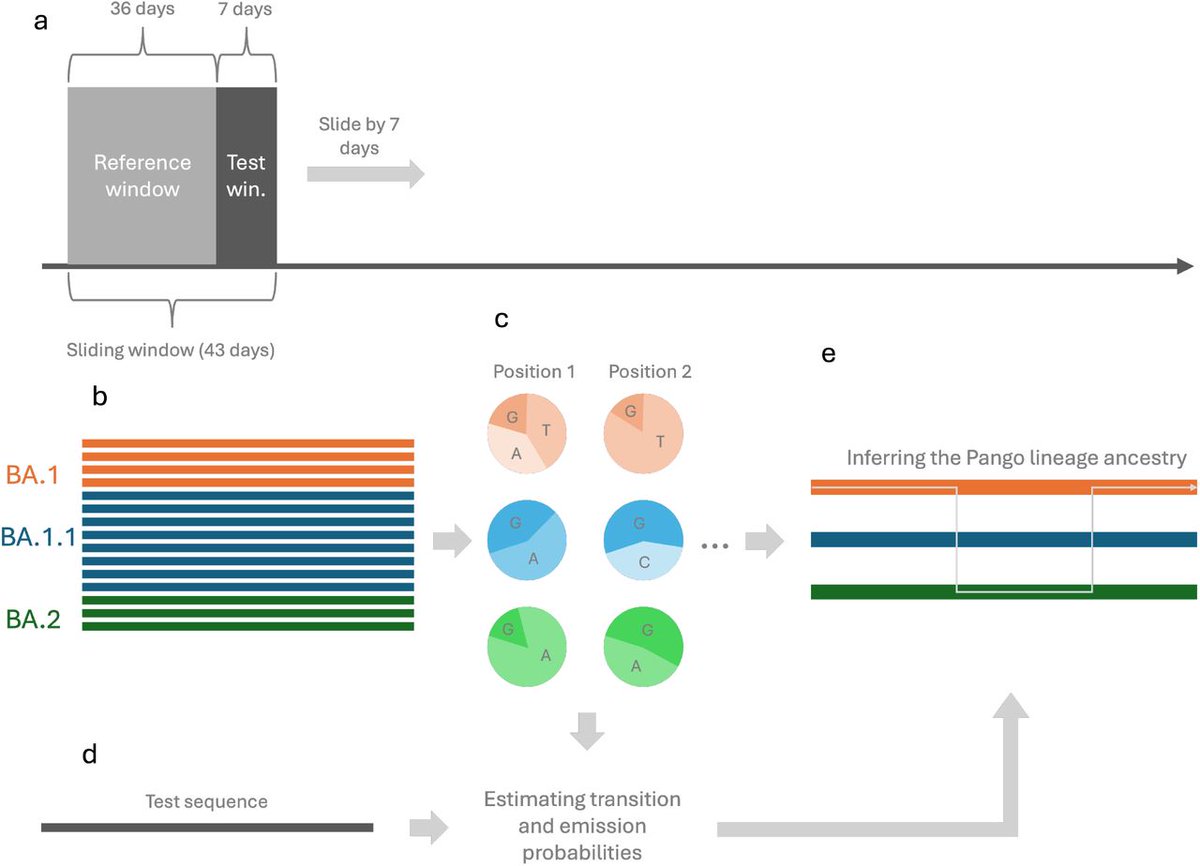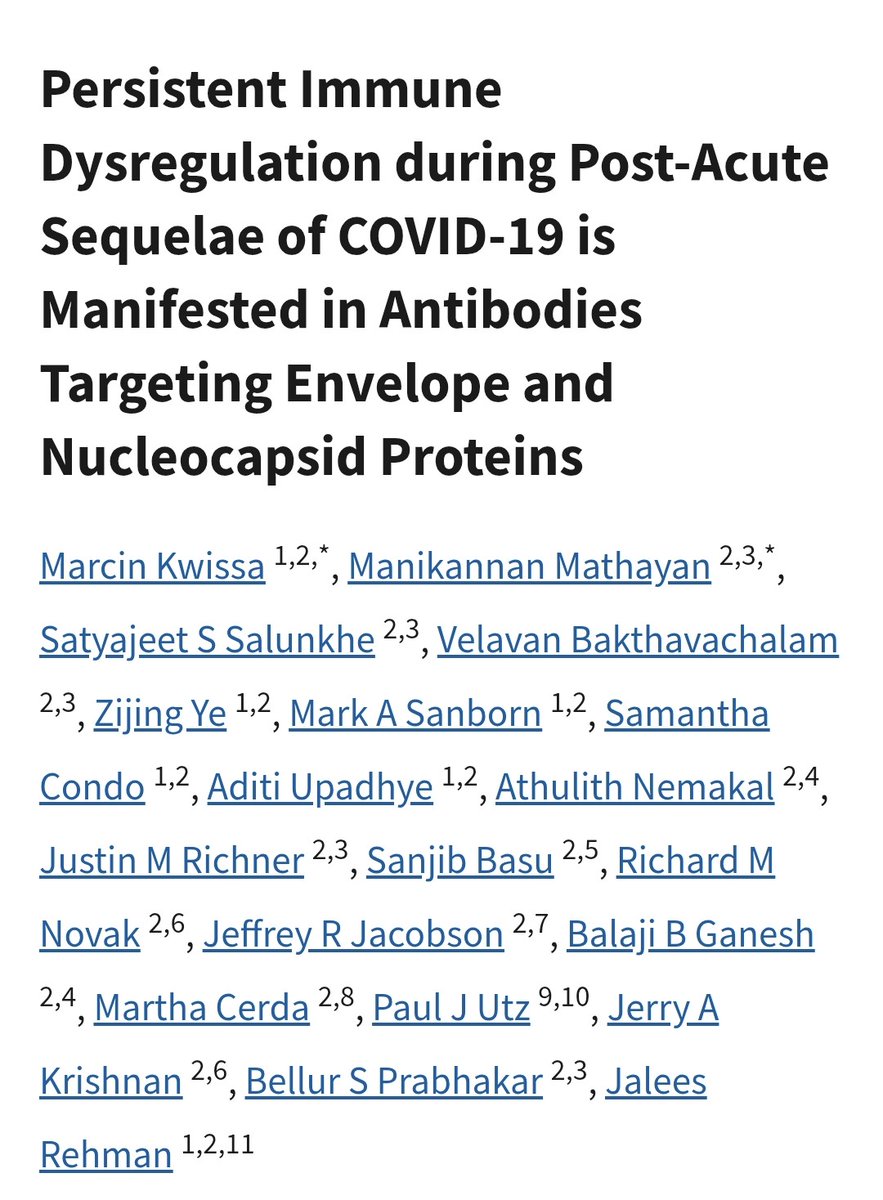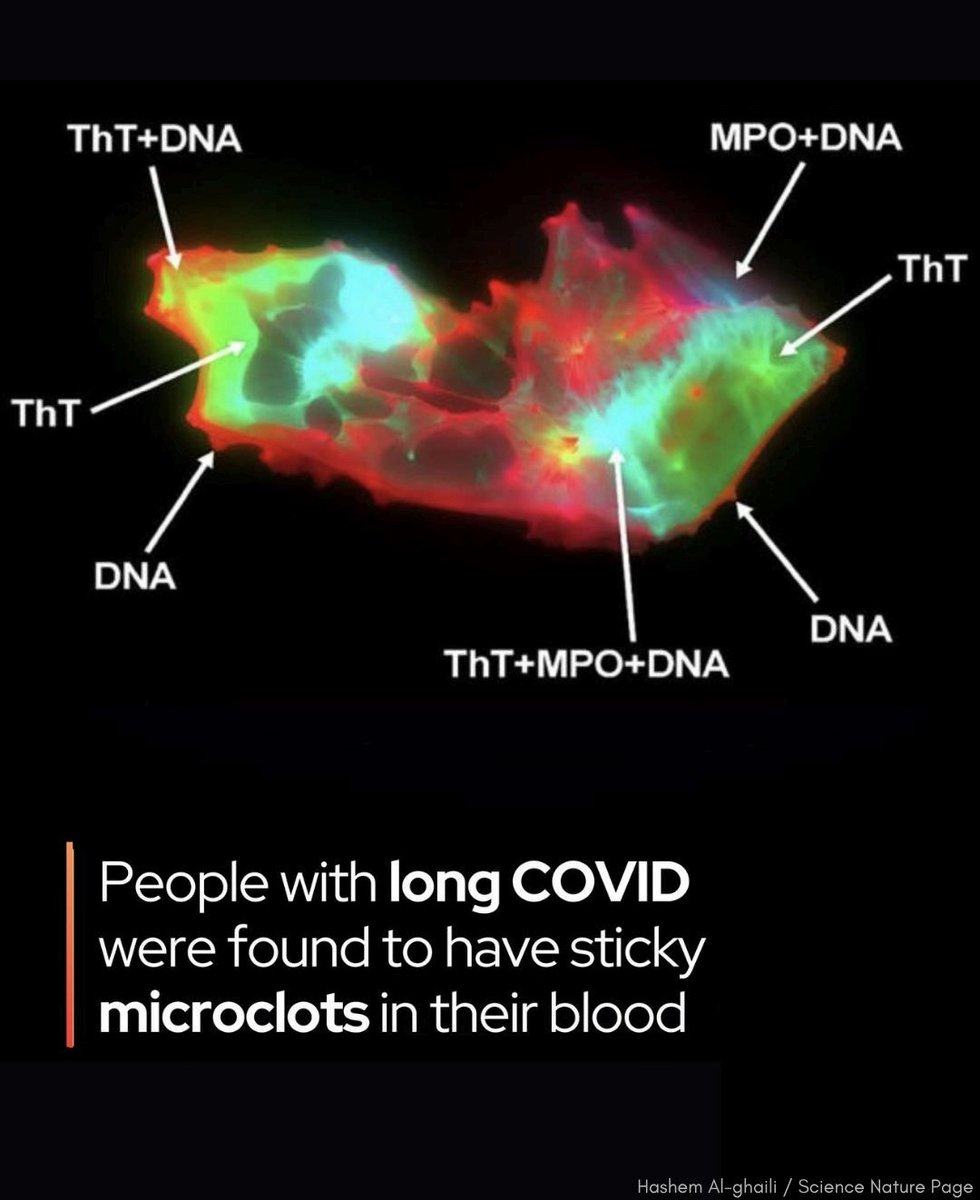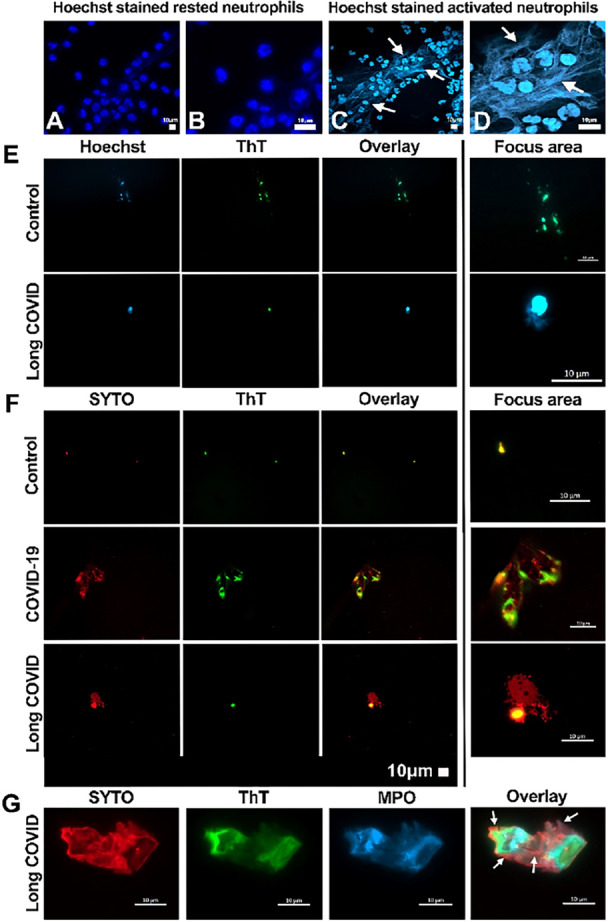2) Bone marrow plays a vital role in the immune system by producing various types of cells. The production of immune cells is essential for maintaining an effective immune response to protect the body and unfortunately these cells in bone marrow are infected by the SARS-COV-2 

3) SARS-COV-2 infects macrophages present in bone marrow using a receptor other than ACE2, Neuropilin-1
(We will come back in another thread on the different entries of SARS-COV-2 into cells which cannot be limited to ACE2)
biorxiv.org/content/10.110…
(We will come back in another thread on the different entries of SARS-COV-2 into cells which cannot be limited to ACE2)
biorxiv.org/content/10.110…
4) "Neuropilin-1 facilitates SARS-CoV-2 cell entry and infectivity"
"The Role of Neuropilin-1 (NRP-1) in SARS-CoV-2 Infection"
science.org/doi/10.1126/sc…
mdpi.com/2077-0383/10/1…

"The Role of Neuropilin-1 (NRP-1) in SARS-CoV-2 Infection"
science.org/doi/10.1126/sc…
mdpi.com/2077-0383/10/1…

5) SARS-COV-2 infects also in bone marrow the megakaryocytes. Megakaryocytes are large cells found in the bone marrow that are responsible for producing platelets, which are essential for blood clotting. 

6) Infection of megakaryocytes which is associated with severe viral infection in COVID-19
sciencedirect.com/science/articl…

sciencedirect.com/science/articl…

7) Megakaryocyte infection which drives the formation of pathogenic afucosylated IgG antibodies
biorxiv.org/content/10.110…

biorxiv.org/content/10.110…

8) If megakaryocytes become infected, they may “seed” infection of the platelets. This could lead to degranulation or deficits in platelet energy metabolism. In addition, because platelets harbor and carry seratonin, platelet infection could contribute to hormonal dysregulation. 

9) This is key to understand the "SARS-COV-2 persistence and impact LONG COVID megakaryocytes & platelets".
Thanks for reading 🙏
polybio.org/projects/sars-…

Thanks for reading 🙏
polybio.org/projects/sars-…

• • •
Missing some Tweet in this thread? You can try to
force a refresh



